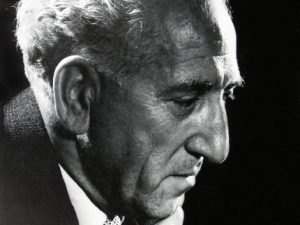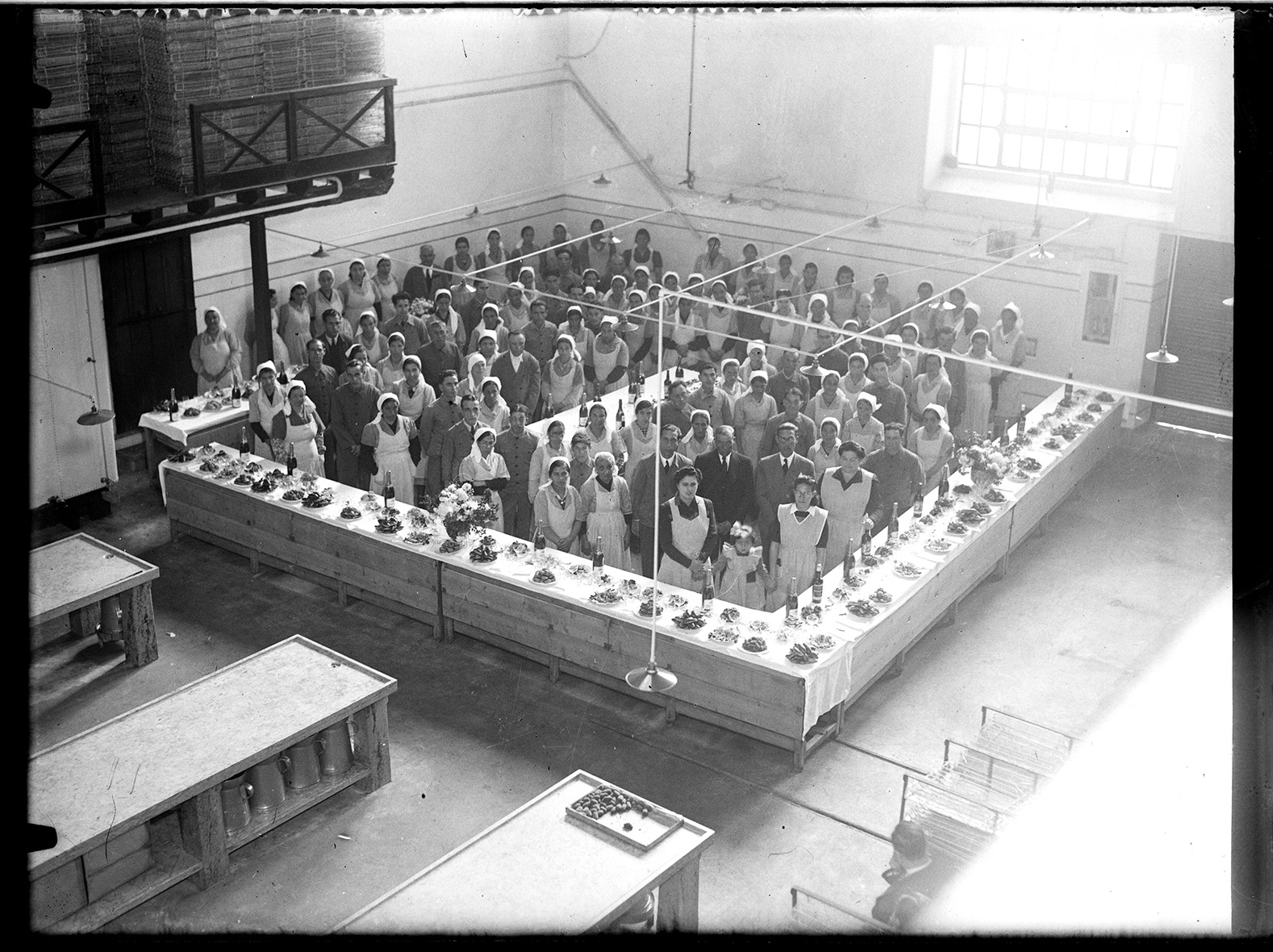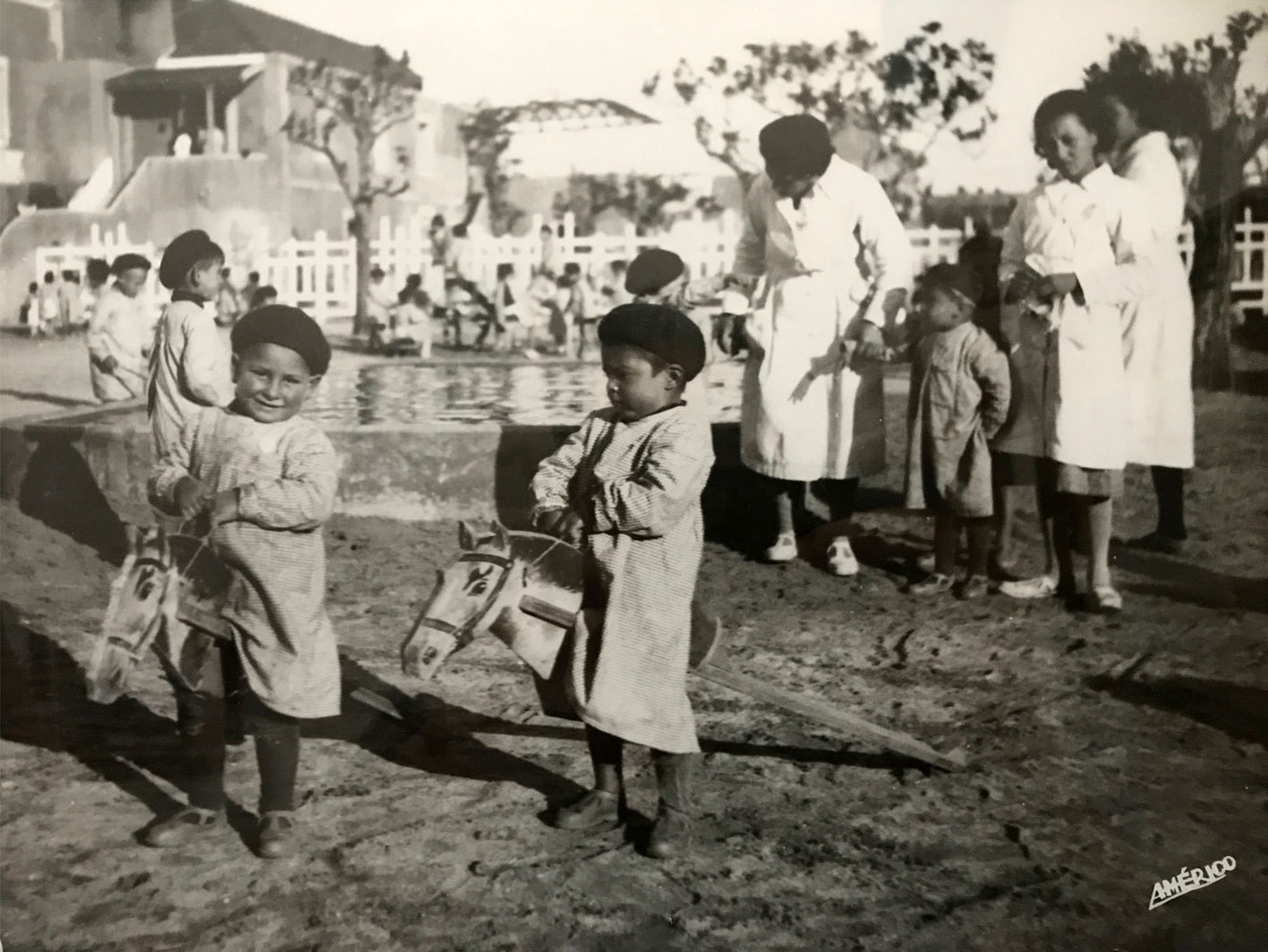Versão portuguesa aqui.
For 65 years, Setúbal posed for the lens of Américo Ribeiro, a photographer who saw and experienced the Municipality like few others.

Between 1927, when, aged 21, he bought his first camera for 60 escudos, and 1992, the year of his death, he took more than 100,000 snapshots, almost all of which were purchased by the City Council.
Carpenter and bartender before dedicating himself completely to what would become his life's passion, it was thanks to the support offered by the owner of the tobacco shop where he worked at the time that Américo Ribeiro was able to start his career as a photographer.
The change to photojournalist happened naturally, first through the newspapers O Setubalense and Diário de Notícias, for which he was already a correspondent in 1929, followed by O Século, A Bola, Correio da Manhã, Diário Popular, Diário de Lisbon and Industry, among many others.
The close connection with Setúbal, where he was born on January 1, 1906, is reflected in his proximity to the people and, for example, to different local communities, such as the Grupo Dramatico Juvenil de Setúbal and Orfeão Cetóbriga. He has been a member of Vitória Futebol Clube for over 50 years and was one of the oldest members of Sociedade Musical Capricho Setubalense, of which he became director.
Moments in the Municipality's history were recorded in images thanks to the eyes of Américo Ribeiro. The visits of several presidents of the Portuguese Republic and Queen Elizabeth of England and the crash of a British plane in Troia, during World War II, are examples of this.
The lens of the photographer from Setubal even managed to capture a German military dinner, hosted on the premises of a canning factory by the local owner, a Nazi sympathizer.
The quality of his photographic legacy was honored, while still alive, with the Medal of Honor of the City, in the Culture Class, awarded in 1985 by the City Council, and, in 1991, with the Medal of District Merit.
Collector of cameras, held several exhibitions and had his work on display in countries such as the former Federal Republic of Germany, France and England.
Américo Ribeiro died on July 10, 1992.
Américo Ribeiro Photographic Archive
Américo Ribeiro's photographic collection, consisting of 142,000 specimens, is deposited in the Américo Ribeiro Photographic Archive, of the City Council, installed in Casa de Bocage, the building where the poet from Setúbal Manuel Maria Barbosa du Bocage was born and where a museum space operates. dedicated to the poet.
It would be impractical and even abusive to reproduce here a significant part of the work. There are two simple examples.

